
All categories
Featured selections
Trade Assurance
Buyer Central
Help Center
Get the app
Become a supplier

(11633 products available)













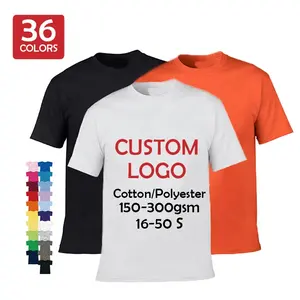


























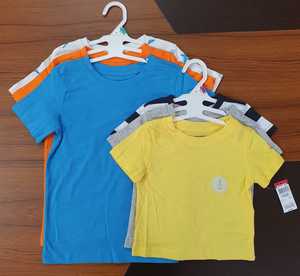
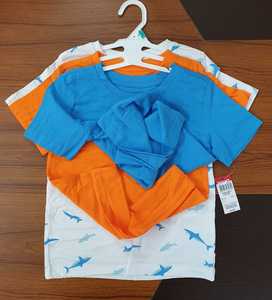


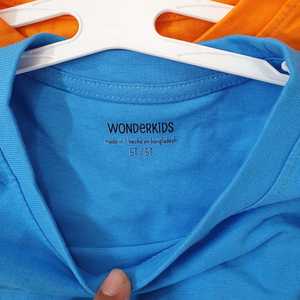
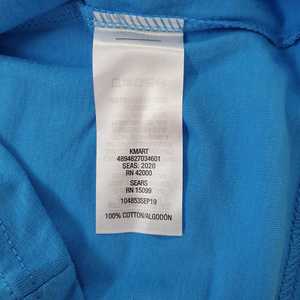
Factory surplus refers to goods that are left over after production has ended. They may include raw materials, components, or finished goods. The surplus can occur for various reasons, such as overproduction, changes in demand, or production errors. Consequently, these goods can be sold at a discount, making them an economical choice for buyers.
Typically, factory surplus includes both raw materials and finished products. The raw materials may be components of a particular product or materials used to manufacture a different product. The finished products are usually the result of manufacturing processes and may include goods ready for sale and those requiring further processing.
These are some types of factory surplus available:
Textiles and Fabrics
Clothing, shoes, and accessories are among the most common types of factory surplus. These goods may be left over from a particular production season or due to a change in fashion trends. They are usually in perfect condition and are ready for sale at discounted prices.
Electronics Components
Surplus electronic components may include semiconductors, resistors, capacitors, and connectors. These components are usually left over from manufacturing electronic devices such as smartphones, laptops, and tablets. They are typically in perfect condition and can be used for various applications, including repairs and upgrades.
Industrial machinery and tools
Sometimes, factory surplus includes industrial machinery and tools left over from production runs. This equipment may include lathes, milling machines, CNC machines, and hand tools. They are usually in perfect condition and can be used for various applications, including manufacturing and repairs.
Consumer Goods
Some of the consumer goods that may be available as factory surplus include appliances, furniture, and toys. These products may be left over due to changes in demand or production errors. They are usually in perfect condition and can be sold at discounted prices.
Automotive components
Surplus automotive components may include engines, transmissions, brakes, and suspensions. These components are usually left over from manufacturing automobiles and may be the result of overproduction or changes in demand. They are typically in perfect condition and can be used for repairs and upgrades.
Surplus factory goods typically refer to products that are left unsold after production. These are some of their common designs:
Typically, these goods are produced in bulk with a variety of designs. Some of them are based on the season or the latest fashion trend. They include clothing items, accessories, shoes, bags, and hats. Their design includes the logo of the brand, tags, specific packaging, and promotional materials. Normally, the design reflects the brand identity and the target market.
The design process usually consists of several steps that are aimed at creating a new product. For instance, it may start with the concept development phase. Here, ideas are generated and the goals of the product are defined. Additionally, this often involves brainstorming sessions and market research. Consequently, this helps in identifying the needs and preferences of customers. Additionally, there's the prototyping and testing phase. Ideally, this involves creating a prototype of the product and testing it for functionality. Also, usability and feasibility. More importantly, feedback is gathered and iterative improvements are made. This ensures the product meets the desired requirements.
When referring to the design of factory surplus, it encompasses a wide range of products. For example, these are goods that remain unsold after a production cycle. Additionally, they can include clothing, electronics, machinery components, and more. Their design considerations vary widely based on the type of product. In most cases, the industry standards and consumer requirements. Generally, management of surplus often involves assessing the condition of the goods. This ensures they are safe and functional. More importantly, they may require minimal repackaging or refurbishment. This makes it ready for resale or recycling.
Typically, designing a factory surplus involves several key steps. To begin with, planning and organization of the space is a top priority. Usually, this includes the establishment of clear zones for incoming surplus materials. Additionally, there's the creation of sorting and inspection areas. More importantly, storage solutions that are flexible and scalable. Additionally, they are based on shelving, racks, and containers that are labeled and organized.
Designing for functionality, ergonomics, and safety are crucial. For instance, they are ensuring ease of access and minimizing handling risks. Moreover, technology integration is vital for inventory tracking. This ensures management and data analysis. Also, sustainable practices are increasingly important. Therefore, they include recycling, waste reduction, and energy-efficient solutions. This promotes a circular economy. Ultimately, a successful factory surplus design balances efficiency with adaptability. This ensures the system evolves as the needs and challenges of the industry change over time.
Combining Different Types of Factory Surplus Stock
When combining different types of factory surplus stock, consider the condition and compatibility of each item. Start by assessing the quality and functionality of each surplus item. Group together items that are in similar condition – for example, if some items are new and others are used, separate them to avoid mixing new and used components. Next, consider the compatibility of the items. If you're combining electronic components, check the specifications to ensure they work together. For mechanical parts, make sure they fit and function properly together. Organize them in a logical order, perhaps by category or function. Use clear labeling to identify each item and its specifications. This will help prevent confusion and ensure that each component is easy to find and use. If you're combining different types of materials, such as metals and plastics, pay attention to their storage requirements to maintain their quality. Finally, keep safety in mind – some surplus items may have specific handling or storage guidelines that should be followed to ensure a safe and efficient combination process.
Tips for Organizing and Storing Factory Surplus
Organizing and storing factory surplus requires careful planning and execution. Start by categorizing the surplus into different groups based on their type, such as raw materials, finished products, components, or equipment. Use clear labeling for each category to facilitate easy identification. Invest in proper storage solutions like shelving units, pallets, or bins that are suitable for the specific items you have. Ensure that the storage area is clean, dry, and well-ventilated to maintain the quality of the surplus. Implement an inventory management system to track the surplus items. This could be as simple as a spreadsheet or as complex as specialized inventory management software. Regularly update the inventory to reflect any changes. Consider the FIFO (First In, First Out) or LIFO (Last In, First Out) methods depending on the nature of the items to ensure efficient usage and minimize obsolescence. Lastly, conduct regular audits of the stored surplus to assess its condition and inventory accuracy, making adjustments as necessary to optimize organization and storage processes.
Q1: What does surplus mean in a factory?
A1: In a factory context, surplus refers to the excess goods, materials, or resources that remain after production needs are met. This can include finished products that are not sold, raw materials that are overstocked, or components that are not used in the manufacturing process. Surplus can occur due to various reasons such as changes in market demand, production overestimation, or logistical challenges.
Q2: What happens to surplus stock in a factory?
A2: Surplus stock can be managed in several ways. Factories may offer surplus items at discounted prices to clear inventory. Alternatively, surplus stock can be stored for future use, donated, or sold to third parties, including liquidation companies or discount retailers. In some cases, products may be reworked or repurposed to meet different market needs. Efficient surplus management is essential to minimize costs and maximize resource utilization.
Q3: How does a factory handle inventory surplus?
A3: Factories employ various strategies to handle inventory surplus. They may use inventory management software to track stock levels and identify slow-moving items. Data analysis can help forecast demand more accurately and adjust production schedules accordingly. Additionally, factories may collaborate with sales and marketing teams to develop promotions or strategies that can help move surplus inventory. Establishing strong relationships with suppliers can also facilitate the timely procurement of materials, reducing the likelihood of overstocking.
Q4: Why is surplus important?
A4: Surplus is important for several reasons. It can serve as a buffer to ensure production continuity in case of supply chain disruptions. Additionally, having a surplus of finished goods can help meet unexpected spikes in demand. However, while surplus can provide flexibility and security, excessive inventory can lead to increased carrying costs, obsolescence, and waste. Therefore, effective surplus management is crucial to balance availability with cost-efficiency.